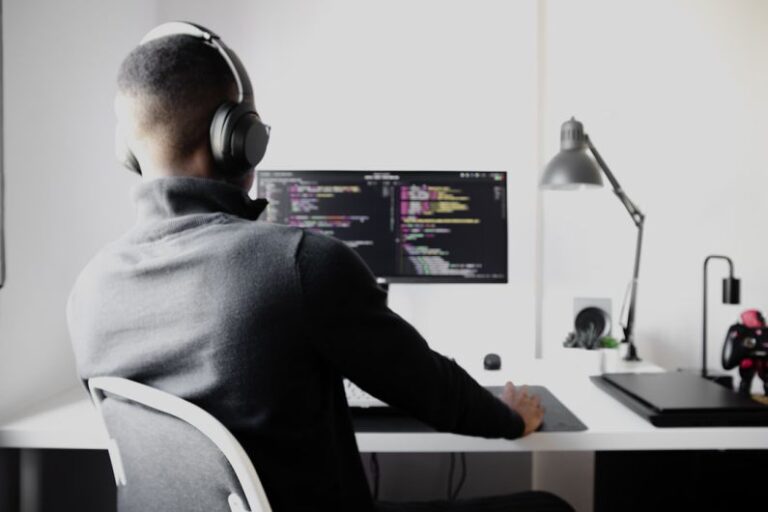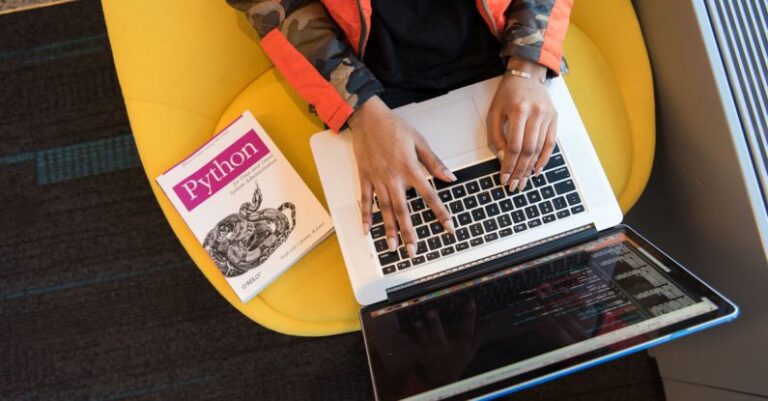
Robots have been a fascination for humans for decades, and with the advancement of technology, the capabilities of robots have grown exponentially. Remote-controlled (RC) robots have been a popular choice for hobbyists and enthusiasts due to their ability to be controlled from a distance. However, with the integration of machine learning, these RC robots can be taken to a whole new level of functionality and intelligence.
Advancements in Machine Learning
Machine learning is a branch of artificial intelligence that focuses on the development of algorithms and models that allow computers to learn and make decisions based on data. By analyzing and interpreting patterns in data, machine learning algorithms can improve their performance over time without being explicitly programmed. This technology has been widely adopted in various industries, from healthcare to finance, and now, it is making its way into the realm of robotics.
Enhanced Decision-Making
One of the key benefits of integrating machine learning into RC robots is the enhancement of decision-making capabilities. Traditional RC robots are limited by the commands they receive from their controllers, but with machine learning, these robots can analyze their environment in real-time and make decisions autonomously. This means that RC robots can adapt to changing conditions and navigate complex environments with greater efficiency.
Improved Navigation
Navigation is a crucial aspect of RC robots, especially in scenarios where precise movement is required. Machine learning algorithms can be trained to recognize obstacles, map out the environment, and plan optimal routes for the RC robot to follow. This can be particularly useful in scenarios such as search and rescue missions or exploration tasks where the robot needs to navigate through challenging terrain.
Enhanced Interactivity
Machine learning can also enhance the interactivity of RC robots, allowing them to learn from interactions with their environment and users. For example, a machine learning algorithm can be trained to recognize voice commands, gestures, or other forms of input, enabling the RC robot to respond intelligently to human interactions. This can make the robot more engaging and user-friendly, opening up new possibilities for entertainment and educational applications.
Adaptability to New Situations
One of the most powerful aspects of machine learning is its ability to adapt to new situations and learn from experience. By training the RC robot with a diverse set of data, it can learn to recognize new objects, navigate unfamiliar environments, and perform tasks that were not initially programmed. This adaptability makes machine learning-powered RC robots versatile and capable of handling a wide range of tasks with minimal human intervention.
Challenges and Considerations
While the integration of machine learning can greatly enhance the capabilities of RC robots, there are some challenges and considerations to keep in mind. Training machine learning algorithms requires a significant amount of data and computational resources, which may be a limiting factor for hobbyists or individuals with limited resources. Additionally, ensuring the safety and reliability of machine learning-powered RC robots is crucial, as errors in decision-making could lead to unintended consequences.
In Conclusion
The integration of machine learning into RC robots opens up a world of possibilities for enhancing their functionality, intelligence, and interactivity. By leveraging the power of machine learning algorithms, RC robots can make autonomous decisions, navigate complex environments, interact intelligently with users, and adapt to new situations. While there are challenges to overcome, the benefits of incorporating machine learning into RC robots are undeniable, making them more capable and versatile than ever before.





